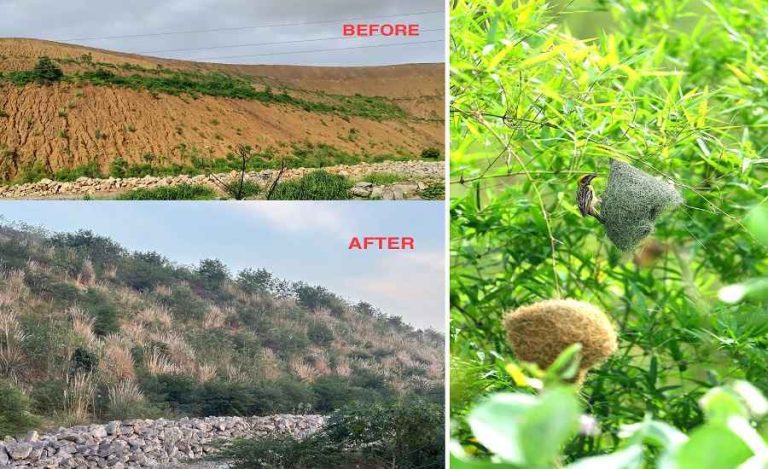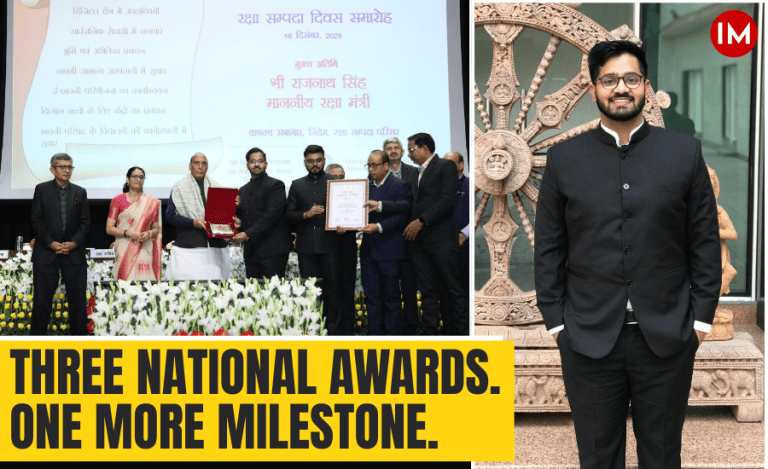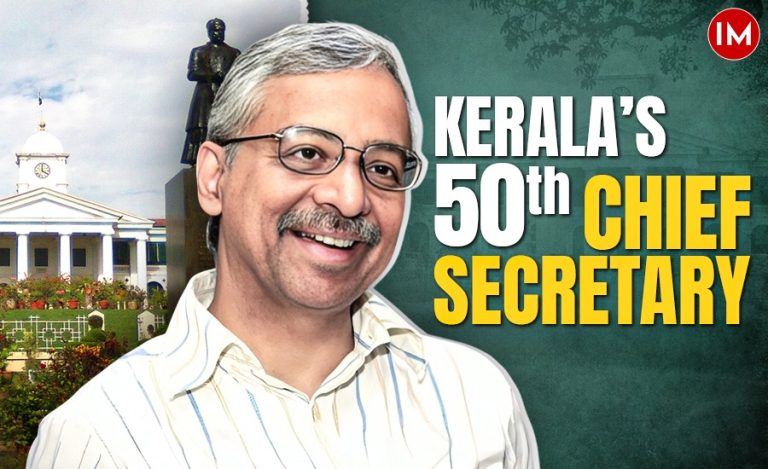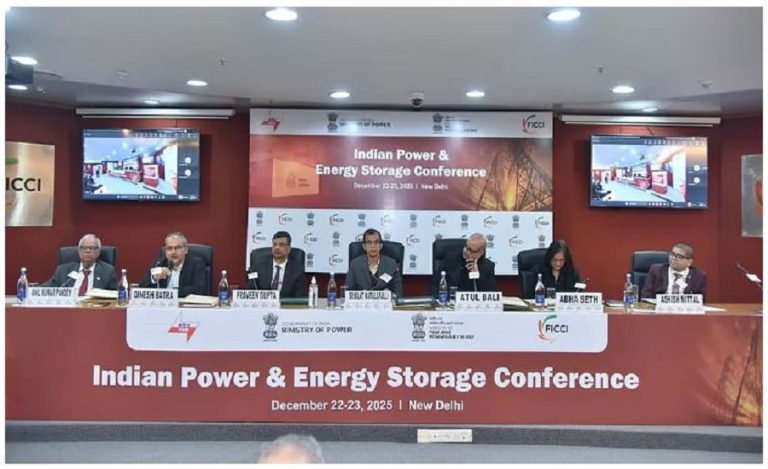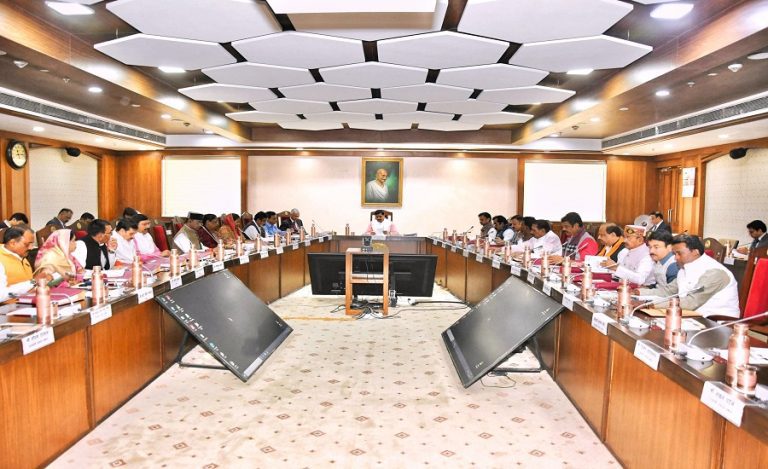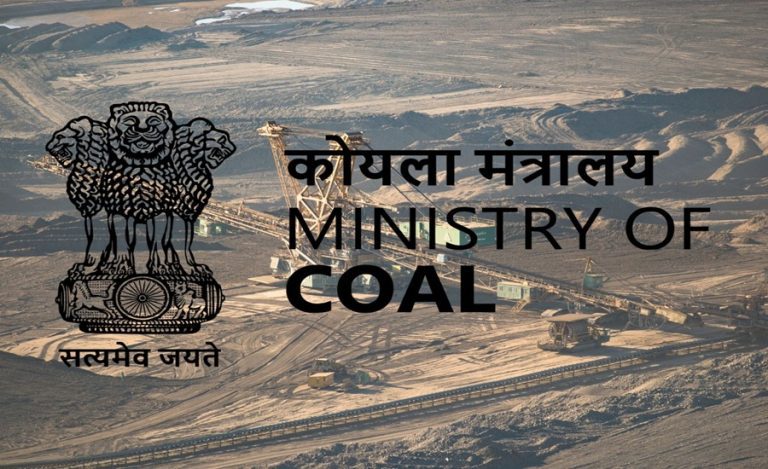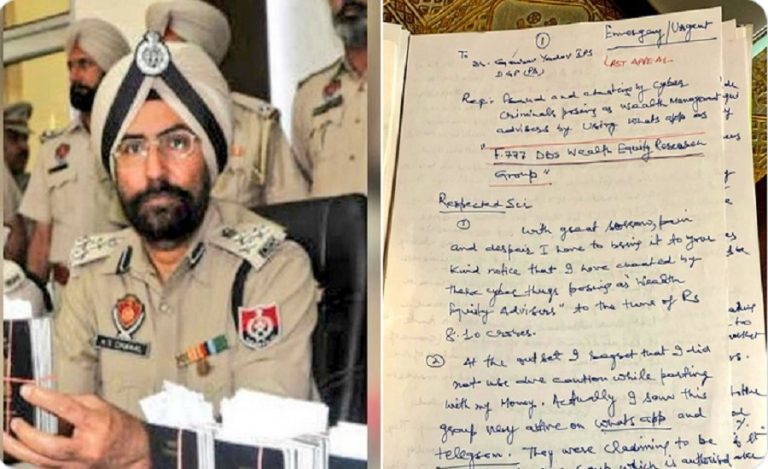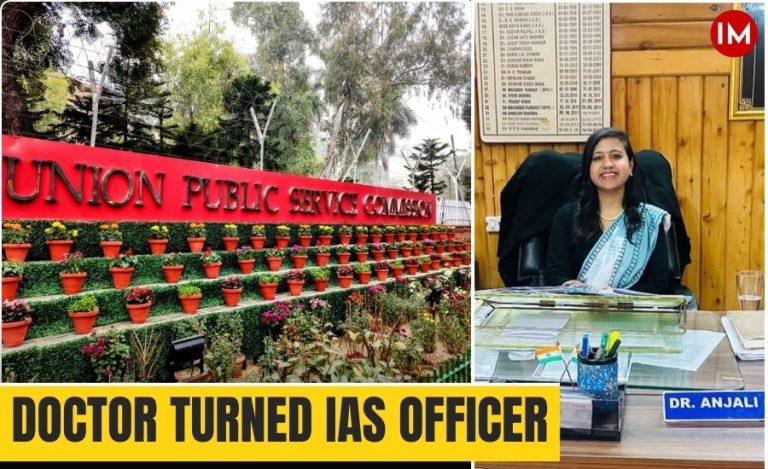Every year during the rainy season, a disaster-like situation is created in the hilly areas of Himachal and Uttarkhand in the form of landslides, cloud bursts and flash floods. This time, the situation was so bad that due to heavy rains in Shimla and Kullu-Manali, buildings and hotels collapsed and were swept away by water torrents. Thousands of people became homeless and thousands of crores worth properties swept away. From urban roads to 4-lane highways, nothing was spared.
However, no major disaster occurred in Mussoorie. The popular hill station remained safe while its immediate neighbour in the plains, Dehradun too was lashed by the severe monsoon. What, then, is the reason behind the fact that while Shimla and Dehradun bore the brunt, Mussoorie withstood nature’s fury?
If conservationists, hill area specialists and Indian Forest Service officers are to be believed, then the main reason is Mussoorie’s strict rules and regulations over land use. Plus, its geographical condition also supports it. Its forest cover, too, is increasing day by day. Unbridled urbanisation could not take place here and, as a result, the crown of the Uttarakhand’s Queen of the Hills is intact.
Indian Masterminds interacted with 2015 batch IFS officer and DFO of Mussoorie, Mr. Vaibhav Singh, to know about this in detail.
FOREST LAND
In Mussoorie, almost 90 % of the land has been notified as private forest. And, even if it is private, it is notified as forest land. It is under the regulatory regime of Forest Conservation Act 1980. This has protected the Mussoorie from the mad rush of urbanization to a great extent.
Background: During the time of the East India Company, big landlords had huge private estates here, and these were entirely forest areas. But after Independence, an Act was implemented in undivided Uttar Pradesh (UP + Uttarakhand), called UP Private Forest Act and, under this act, in 1966, the government declared 218 estates as private forests. No one objected. Till that time, there was no Forest Conservation Act. It came into force in 1980.
Mr. Singh said, “After coming of this Act, even private land was notified as private forest. Now for any use, they have to do land transfer. And the conditions of land transfer are very difficult and not allowed easily by the central government.”
SC INTERVENTION
Apart from this, there was quarrying of limestone in Mussoorie in 1995-96. In this, a lot of blasting and every other thing related to quarrying used to take lace in the limestone mines. But after the intervention of the Supreme Court, the Doon Valley notification was brought under the Environment Protection Act. And, many activities, including land use, were prohibited.
After this, a permanent monitoring committee of the Supreme Court was constituted for enforcement under the Doon Valley notification. This committee regularly monitors all the land diversion and forest related issues here.
Mr. Singh said, “Because of the protection granted by the Forest Conservation Act, Mussoorie has not seen massive scale urbanization and deforestation, compared to other hill stations. The rules and regulations here are very strict and the forest department strictly enforces them. Even if people have their own private lands, they cannot build on them. For this, permission will have to be taken on a big scale.”
GEOGRAPHICAL ADVANTAGE
Another reason behind Mussoorie’s insulation from nature’s fury is its geographical conditions. The hill station is extremely rich in broad leaf Oak and Devdar forests. Hence, it receives a lot of rainfall and its green cover is huge. The forests here are very rich and solid. It is also an important catchment for water supply to Dehradun.
STRICT RULES FOR CONSTRUCTION
Despite strict regulations, celebrities are buying luxury houses and hotels in Mussoorie. How? Because they bought old houses built before 1980! Not new ones. Later, they renovated them.
Reconstruction or renovation of buildings built before 1980 is only allowed. There is an order from the time of undivided Uttar Pradesh, in which, the housing department i.e. Mussoorie-Dehradun Development Authority has divided Mussoorie into two areas. Freeze zone and Non-Freeze zone. In the major area of Mussoorie, i.e. the upper area, new construction was completely frozen by the state government from 1991 to 2012-13. Some relaxation was, however, given from 2014 onwards.
But, there is a catch here also. Land construction is allowed up to 100 square meters only, that too on such land which does not come under the category of forest.
“That’s why, if compared with other cities or hilly areas of India, rapid deforestation and urbanization have not happened here. The forest cover here is intact,” Mr. Singh said.
HUGE FOREST COVER
Recently, a trend has been noticed in Mussoorie, whereby dense forest cover has increased in the last 10 years. Many forests that were not in the dense category earlier are now in that category.
Mr. Singh said, “We can now say that Mussoorie has survived because of many rules and regulations, and lots of incentives. Actually, behind the survival of Mussoorie, there is only one thing – forest and only forest!”
This is why, when compared with other cities or hilly areas of India, rapid deforestation and urbanization have not happened in Mussoorie. It has survived one of the worse monsoons because of the many rules and regulation in place along with many incentives.
MORE RULES
The development authority of the Uttarakhand government that approves maps has strict rules, too. Like, the gradient of the slope, how much area to be used for construction, how much to be abandoned, certificate from geologist, etc. Mr. Singh said these safeguards are to a large extent effective and implemented well.
“Maximum provisions are followed here. We may not be having 100 per cent full proof system, but more than 85 per cent are being enforced,” he added.
CAN OTHER HILL AREAS REPLICATE THIS MODEL?
To this question, Mr. Singh replied, “There are land ownership issues behind this. There was no Forest Conservation Act in Mussoorie till 1966. Only in 1966, it was declared. But, now, no one will allow such declarations. People own lands worth crores of rupees. Who would want their ownership rights to be taken away? But, yes, if there is strict collaboration between both the urban development and forest departments, we can do better than this.”


